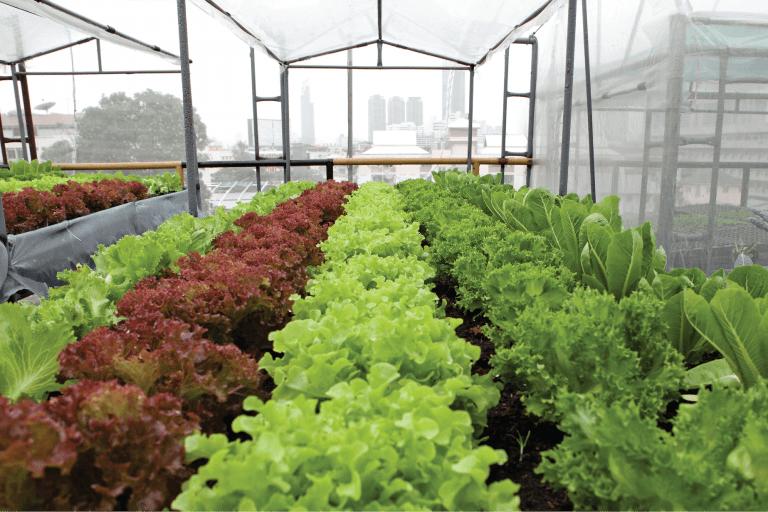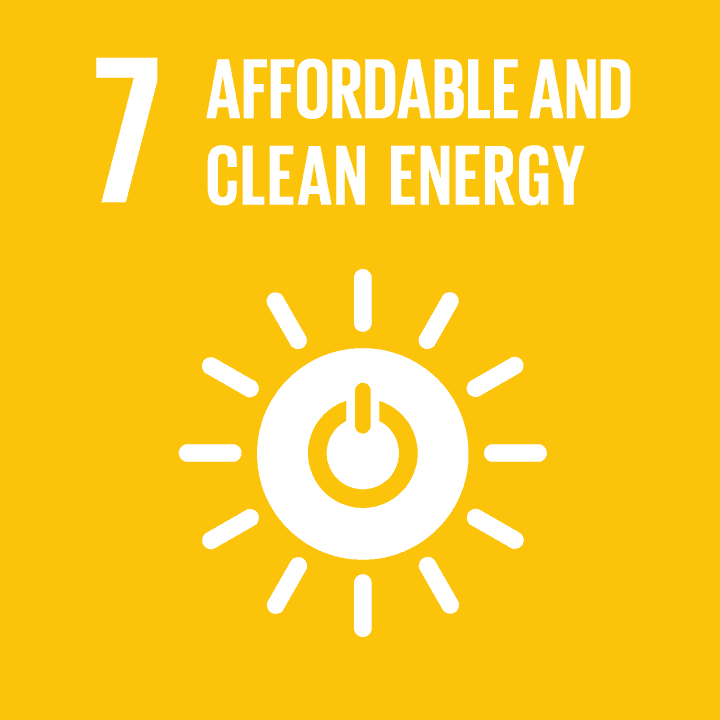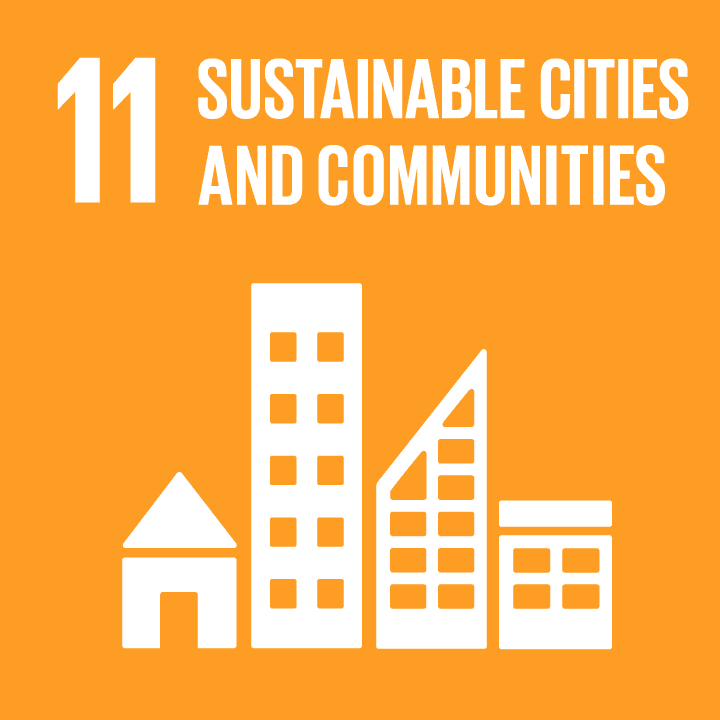Rooftop Gardens: Are They a Cool Idea?
 Photo: © iStock-1134599101_Ewelina Thepphaboot
Photo: © iStock-1134599101_Ewelina Thepphaboot - Resource Type
- Project
- Subjects
- Engineering
- Topics
- Climate Change Engineering Process Sustainability
- Time for activity
- 4 - 5 Lessons
In this project, students will find out by building two model houses – one with a rooftop garden
and one without – and then they will compare how hot the inside of the houses
get during the day and how they cool off when the sun goes down.
- Introduction
-
Imagine looking out over the rooftops of a city and seeing a canvas of living plants. All around the world rooftops are going green, especially in cities. These rooftop gardens are an environmentally friendly option that is gaining popularity. Living green roofs have many advantages, including providing more space for agriculture, adding beauty to the cityscape, and increasing the air quality. During photosynthesis, plants remove carbon dioxide from the air, and release oxygen. Over the course of a year, a single 1.5-meter by 1.5-meter section of a roof planted with grass produces enough oxygen to keep one human breathing for a year!
Another advantage of rooftop gardens, is the fact that they absorb heat and insulate the building better than traditional tar and gravel roofs. Because they sit in the direct sunlight for many hours, the temperature of traditional rooftops tends to rise above the actual air temperature. Then they radiate that heat back into the environment. If you live in a big city or have been to a mall with a lot of concrete buildings during warm months, you might have noticed the temperature difference between those areas and the suburbs or more rural areas. That is because when the heat is radiated back into the environment from the rooftops, an area with many buildings, like a city, can experience an increase in local air temperatures by as much as 5–7°C! This phenomenon is referred to as the urban heat island effect.
However, rooftop gardens might be able to diminish this effect. Rooftop gardens lower the maximum surface temperatures on roofs, but does this translate into changes in the internal temperature of the rooms in the building? Can a rooftop garden help conserve energy and lower your energy bill by keeping the internal temperature cooler on hot sunny days? In this project, students will find out by building two model houses—one with a rooftop garden and one without — and then they will compare how hot the inside of the houses get during the day and how they cool off when the sun goes down.
- Key Objectives
-
To determine whether or not a rooftop garden can help keep a building cool.
- Guiding Questions
-
- What is a rooftop garden?
- How do you construct a rooftop garden?
- What are the advantages and disadvantages of a rooftop garden?
- What materials are roofs usually made of?

/rating_on.png)
/rating_half.png)
/rating_off.png) (17 )
(17 )





